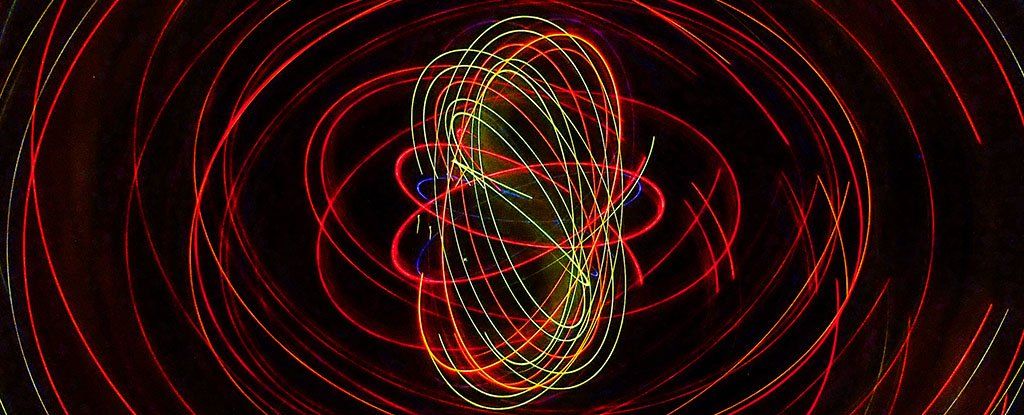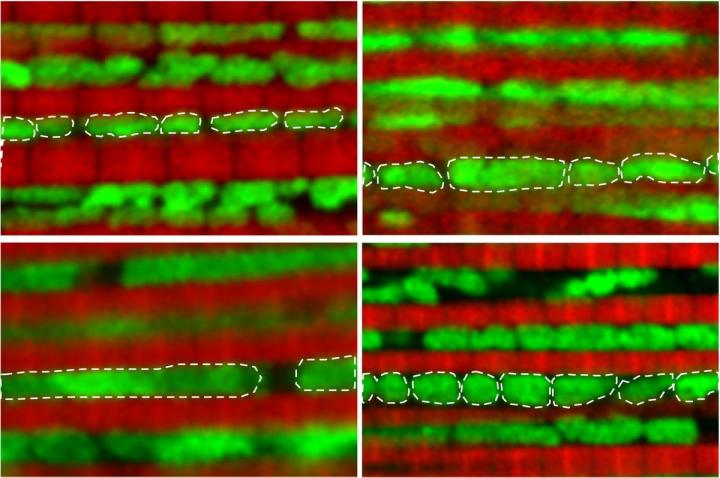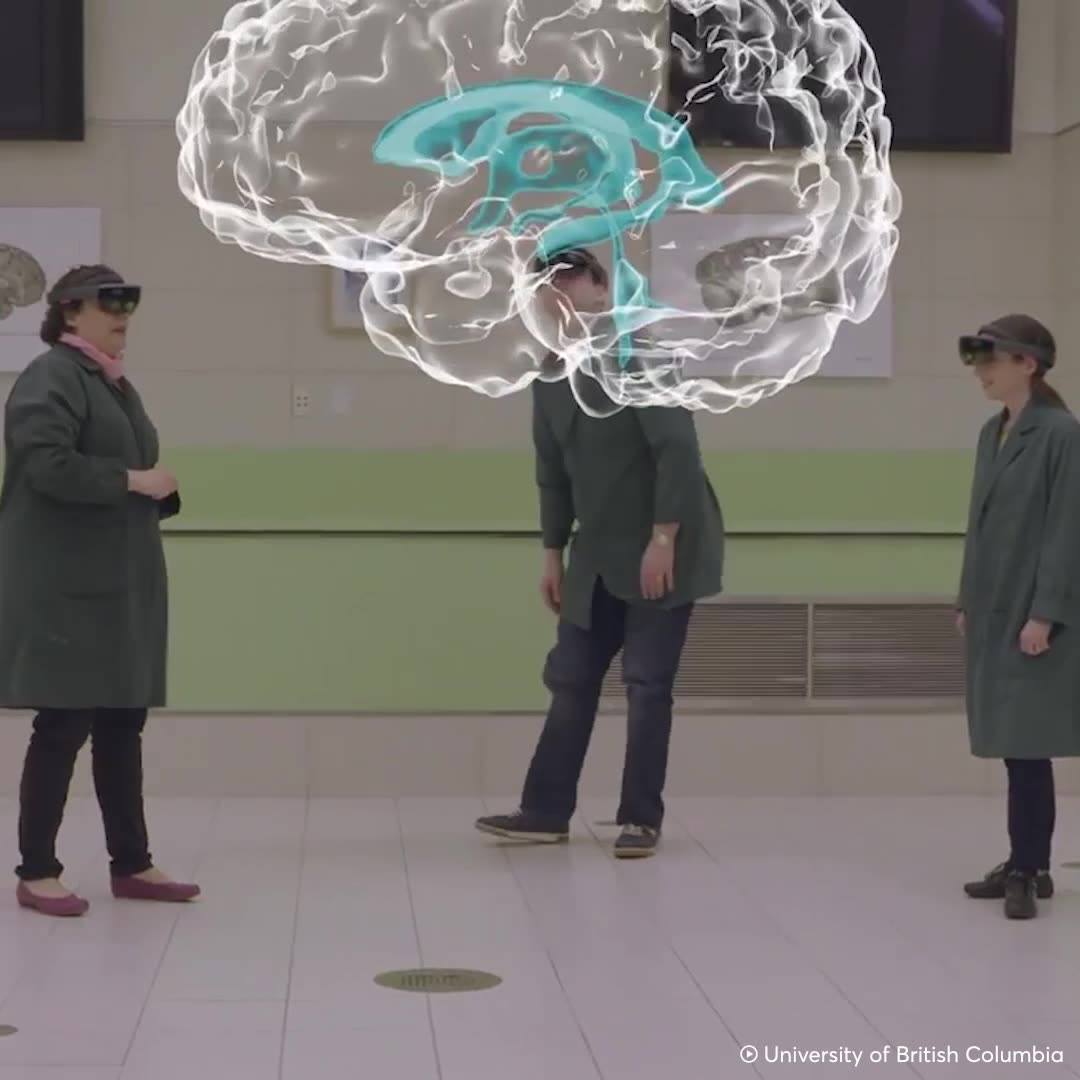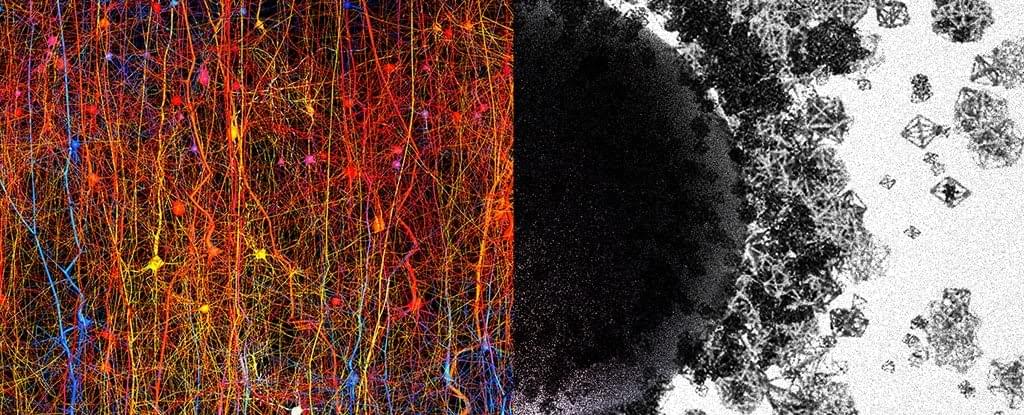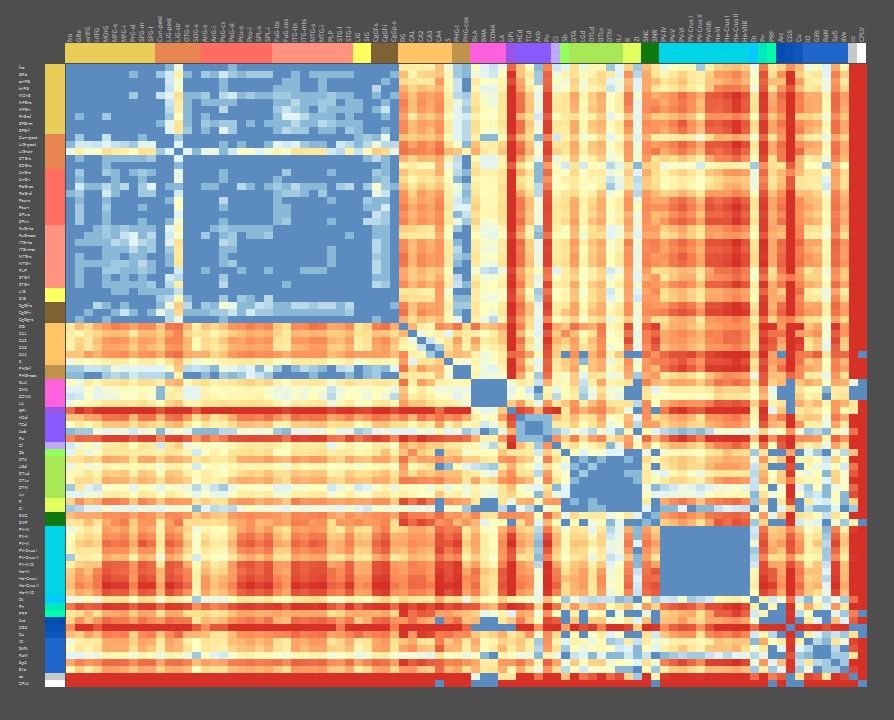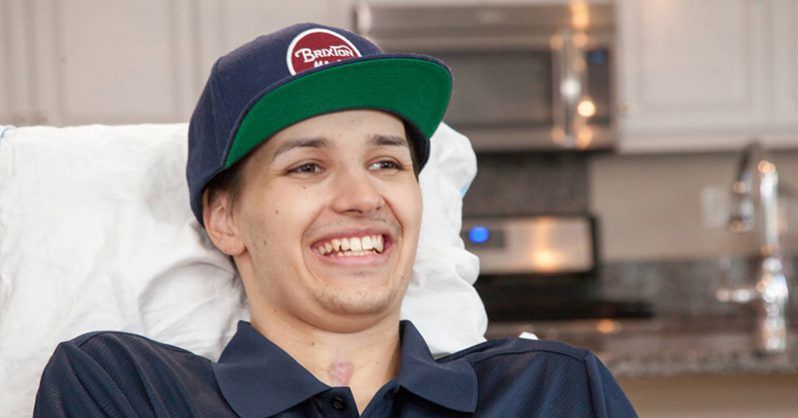Sep 11, 2017
Solar Physicist Explains How The Sun Controls Climate, Not Man
Posted by Brett Gallie II in categories: biotech/medical, neuroscience, policy, sustainability
https://www.youtube.com/watch?v=lmVxMZfy4eQ&feature=youtu.be
Are these huge solar flares causing massive hurricanes or Man made Climate Change? Interview with Harvard-Smithsonian Solar Physicist Wei-Hock “Willie” Soon about how solar cycle accounts for climate change.
In this exclusive interview, Infowars reporters Millie Weaver and David Knight talk with Harvard-Smithsonian Solar Physicist Wei-Hock “Willie” Soon about how solar cycle account for climate change. Soon uses science to dispel the false notion that CO2 emissions are to blame for ‘global warming’ and that it is nothing more than the politicization of pseudoscience for policy makers.
Continue reading “Solar Physicist Explains How The Sun Controls Climate, Not Man” »

